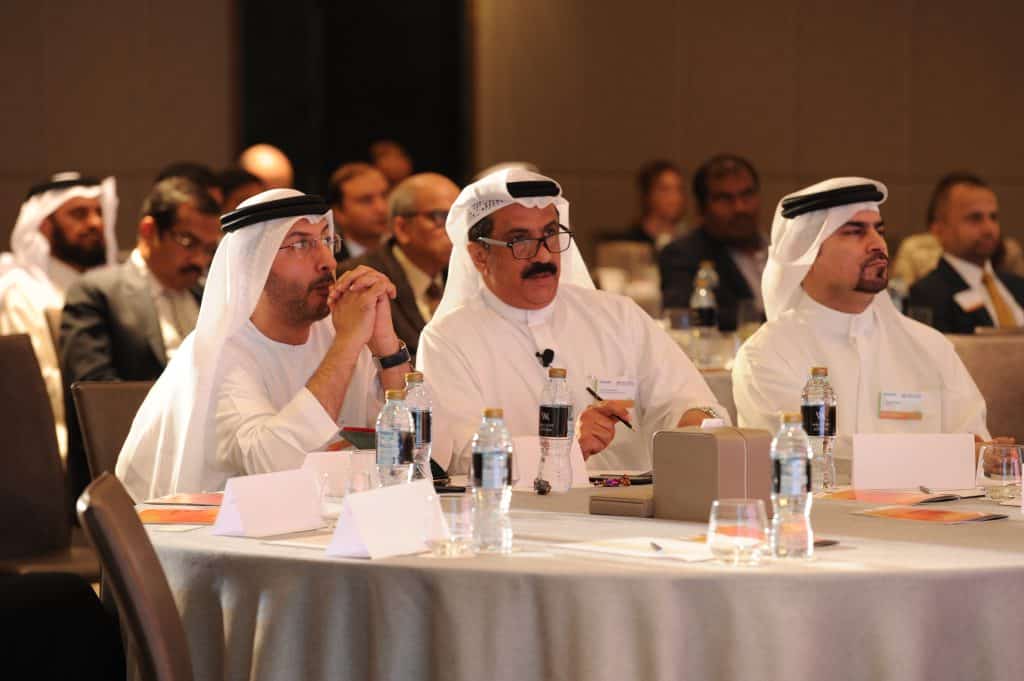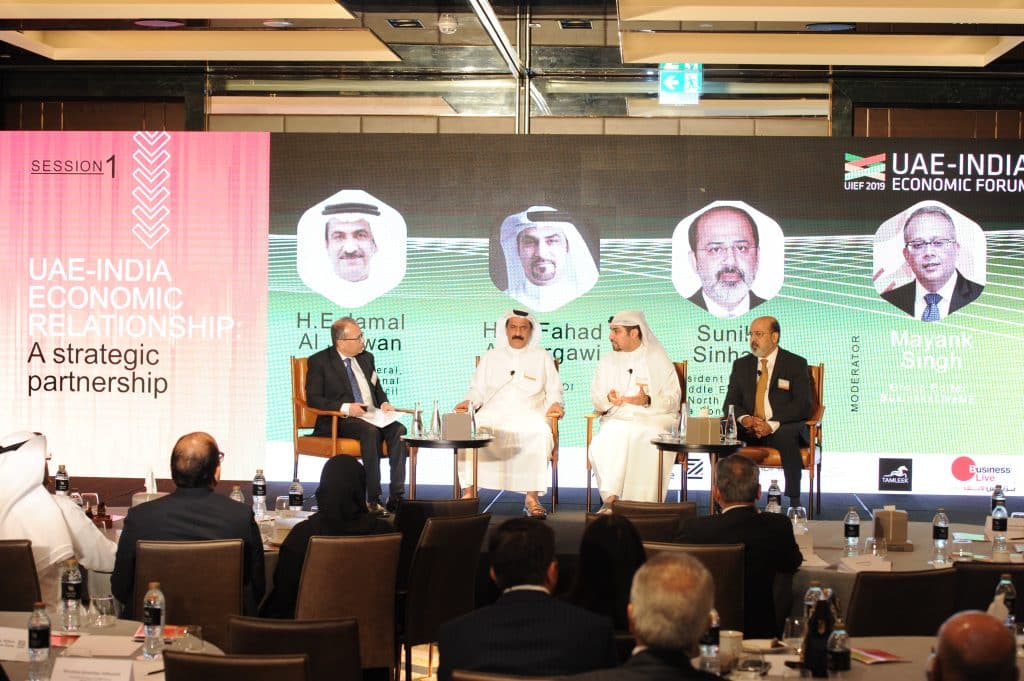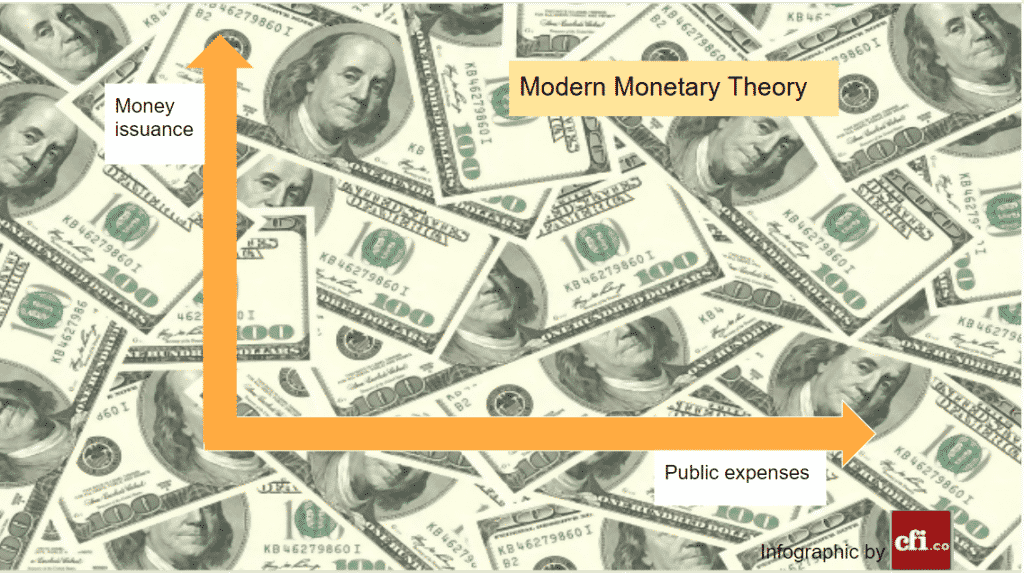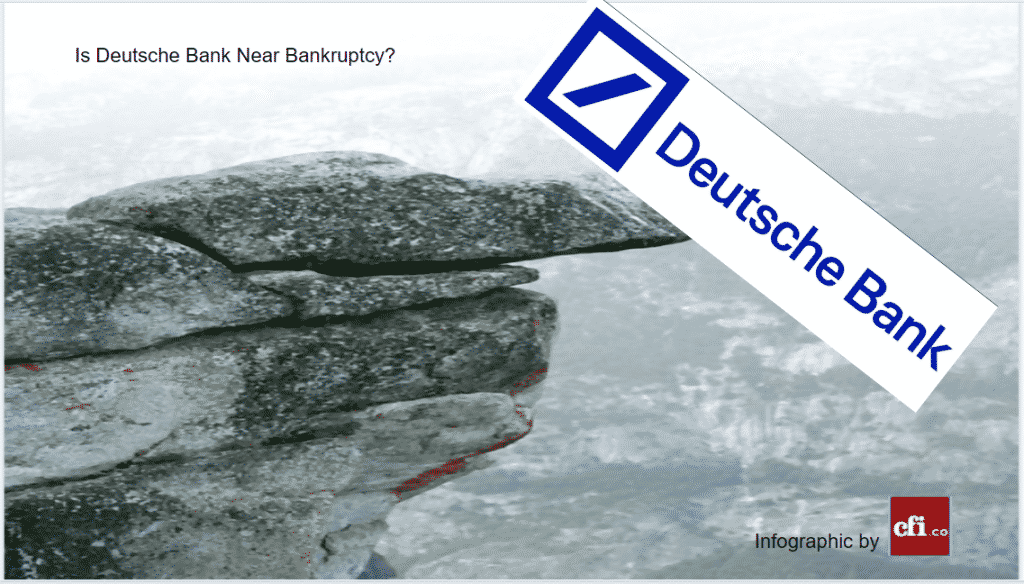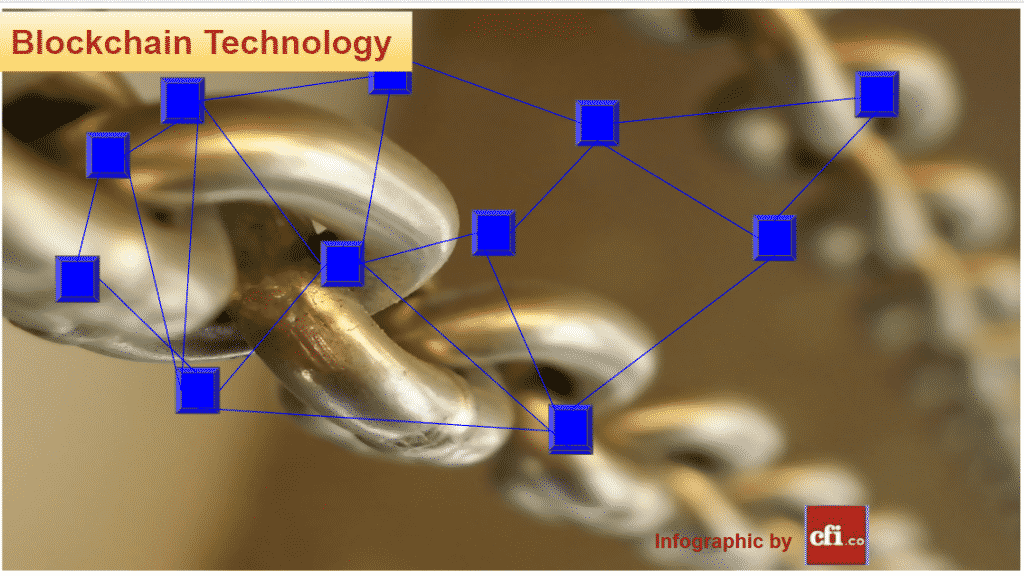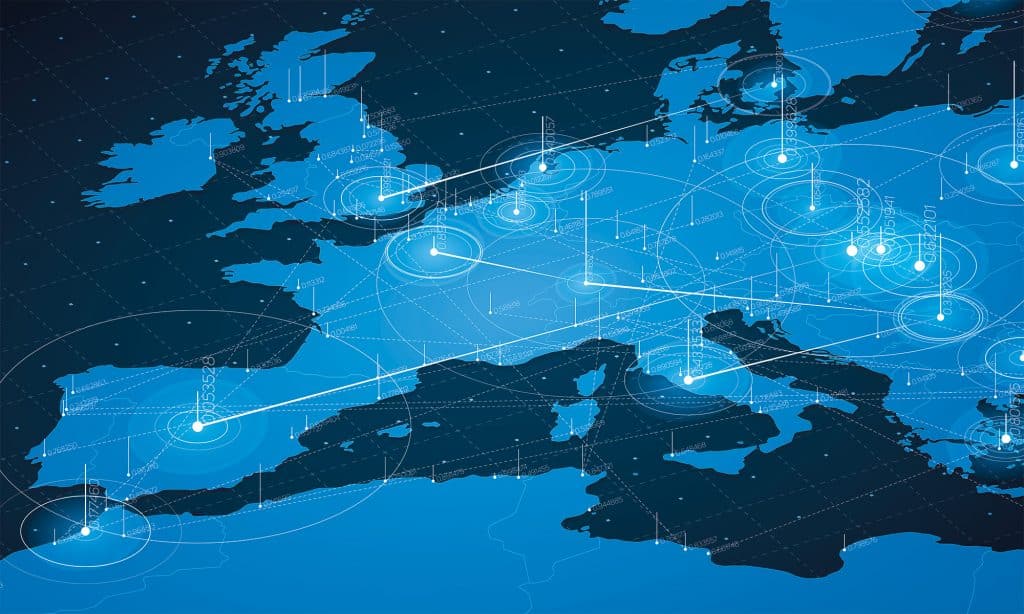UAE-India Economic Forum 2019 wraps up the 5th edition gracefully.
Dubai, 5th November, 2019: The 5th Edition of UAE India Economic Forum observed a grand opening at Waldorf Astoria, Dubai International Financial Centre on Monday, 4th November with the participation of High Dignitaries and Officials, leading experts and leaders from the two nations.
India’s partnership with the UAE is set to play a key role in its march towards the ambitious goal of becoming a $5-trillion economy by 2022, Abdullah Ahmed Al Saleh, Undersecretary for Foreign Trade and Industry, Ministry of Economy, said on Monday.
Addressing the opening session of the UAE-India Economic Forum organized by BusinessLive Middle East, Al Saleh said the strong bilateral ties are the result of :the political will articulated by both governments,” and their sustained efforts to work together for the mutual benefit.
Al Saleh said the recent meeting of the UAE-India High Level Joint Task Force on Investments, which is a platform to communicate mutual requirements and vision for the future, has played a key role in boosting bilateral investments and cooperation.
“With Expo 2020 around the corner, we will witness India’s commitment with one of the largest pavilions, which is a testament to the value the country puts to promoting bilateral economic relations,” he said.
Al Saleh said the UAE is the largest Arab investor country in India, accounting for 81.2 per cent of total Arab investments. The UAE investments into India’s $2.8 trillion economy are estimated to be around $10 billion including foreign direct investment of almost $5 billion.
“The UAE hosts the largest Indian community overseas and their annual remittances are estimated to be more than $17 billion, which is 38 per cent of the total outflow,” he said.
“As both countries remain keen as ever to strengthen the trade dialogue, recently, an ambitious project – the India -UAE food corridor – was launched with the plan to benefit two million farmers and create an additional 200,000 jobs across India, due to cumulative investments of more than $7 billion by the UAE in the next three years,” said Al Saleh.
Among the dignitaries present at the day-longs sessions were Vipul, Consul General of India in Dubai; Fahad Al Gergawi; Chief Executive Officer; Dubai FDI; and Jamal Al Jarwan; Secretary-General; UAE International Investors Council; and Ali Ibrahim; Deputy Director-General; Dubai Economic Development, according to Poonam Chawla, Associate Publisher, BusinessLive Middle East.
Poonam Chawla said the UAE-India Economic Forum 2019 was a great success as it highlighted the areas of cooperation between the UAE and India. “It helped to throw light on how this historic bilateral relationship has been elevated to a strategic partnership while creating new opportunities in various fields like IT, trade, food, smart cities, banking and fin-techs, renewable energy and startups,” Poonam said.
According to the UN Conference on Trade and Development, the FDI to the UAE rose by eight per cent to $10.4 billion in part due to rising cross-border mergers and acquisitions sales, making the country the largest source of FDI in 2017 for the Arab region (at 36 per cent of total FDI inflow). India is UAE’s second-largest trade partner today and the UAE has become India’s third-largest trading partner, with the total non-oil trade between the two countries recorded at $35.9 billion in 2018.
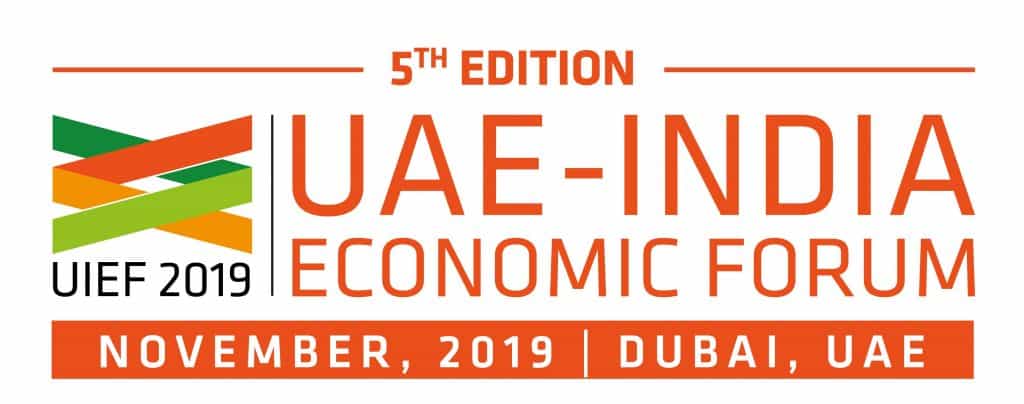
A special mention to the UAE-India Economic Forum 2019 sponsors “Ajman Free Zone” and “Galadari Advocates and Legal Consultants”. In the 5th Edition of the UIEF delegates brainstormed on new opportunities for partnerships with sessions on infrastructure, banking and finance, fin-tech, healthcare, food corridors, smart cities and start-ups. The UAE-India Economic Forum also felicitated government and industry leaders, who have worked towards nurturing ties between the two nations, with the Qadat Al Tagheer Awards.

